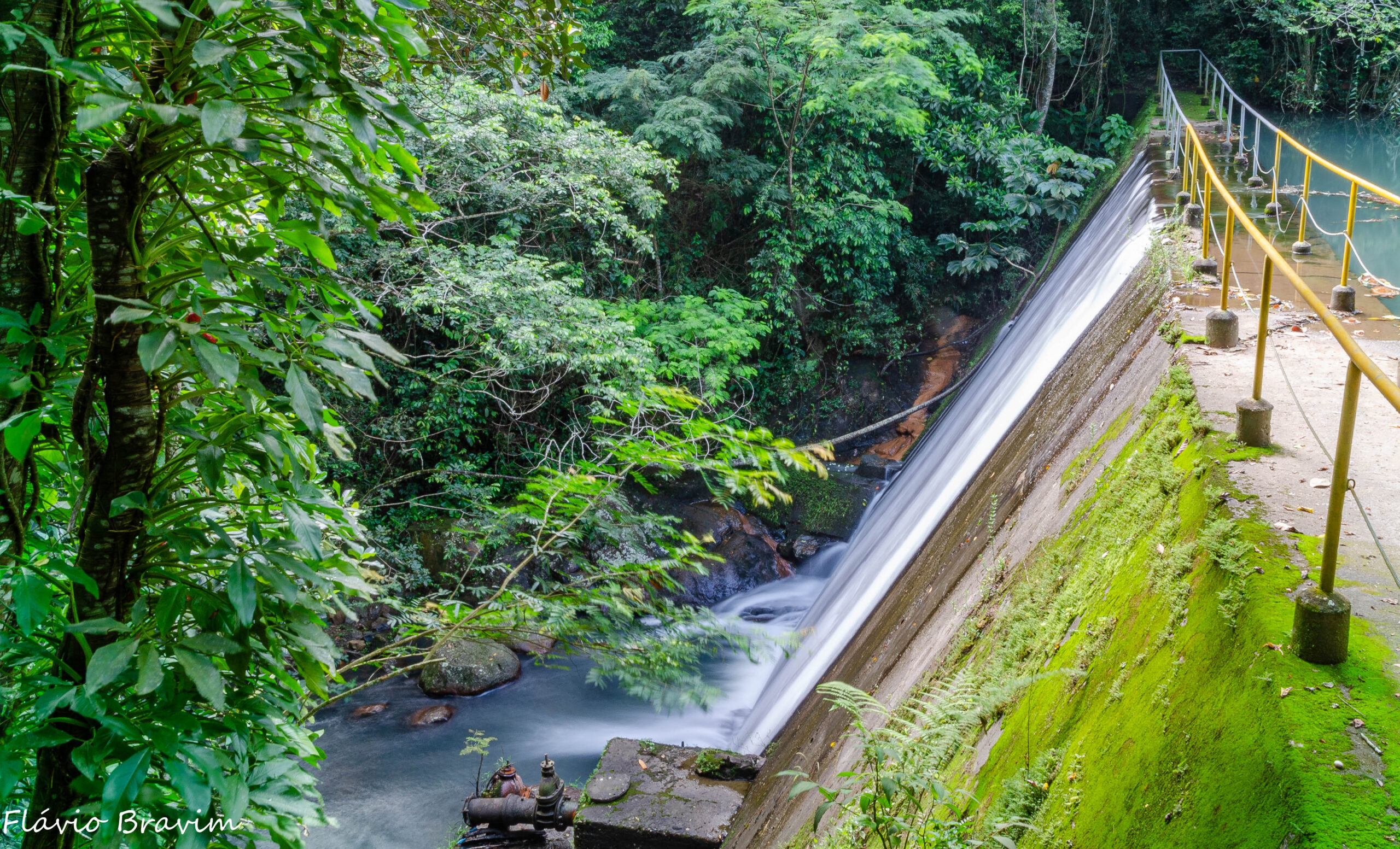
Clique aqui para Português
This is the third in a series of articles on water justice in the favelas resulting from the course “Climate Justice in Community Journalism: From Pitching to Writing.” The course, conducted by the RioOnWatch team in collaboration with the Sustainable Favela Network (SFN) Youth Working Group took place between July and September 2023.
The Coreia favela, located in the municipality of Mesquita, in Greater Rio de Janeiro’s Baixada Fluminenese region, is one of the biggest in the area. It borders various neighborhoods in Mesquita as well as the adjacent municipality of Nova Iguaçu. While characterized by significant population and urban density, it boasts immense natural wealth, including lush forests and rivers.
An inseparable part of the history and landscape of Coreia, the Dona Eugênia River cuts through the territory and shapes the lives of its residents. Historically, it has been used by the local population for play, household chores such as washing clothes, cooking, washing dishes, and even for drinking. However, over the years, the State’s negligence in implementing housing, sewerage, and solid waste collection policies has resulted in the degradation of entire stretches of this river, impacting the lives of Coreia residents.
Dona Eugênia River: A Biological Heritage of the Baixada
Despite its near demise in its most well-known stretches, including much of Coreia, the Dona Eugênia River thrives and remains pristine, with translucent waters at its source in the upper reaches, within protected areas. Originating in the Mendanha Mountain Range, it cuts across a significant portion of the Gericinó Massif to the Nova Iguaçu Municipal Natural Park. From there, it passes through the Epaminondas Ramos Dam in the upper part of Coreia; in Mesquita, it winds through the community and continues its course until it meets the Sarapuí River, which, in turn, meanders for dozens of kilometers before flowing into Guanabara Bay.
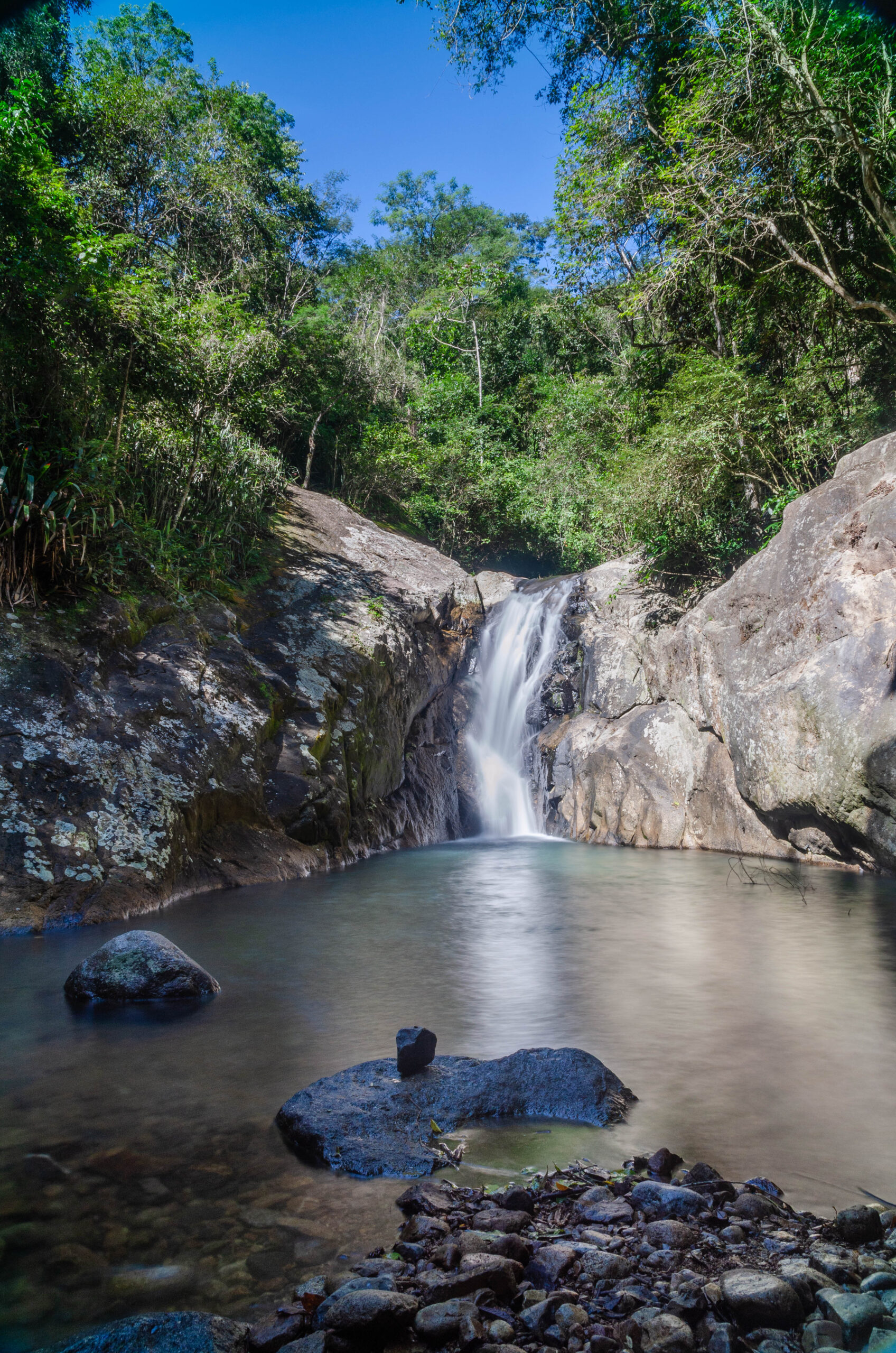
In the Serra do Mendanha, Nova Iguaçu Municipal Natural Park, and the upper part of Coreia, there is a high degree of preservation of Atlantic Forest. Within this area, you can find 198 species of plants, 31 species of invertebrates, two species of amphibians, nine species of reptiles, 12 species of mammals, 154 species of birds, and, considering the Dona Eugênia River alone, 17 species of fish.
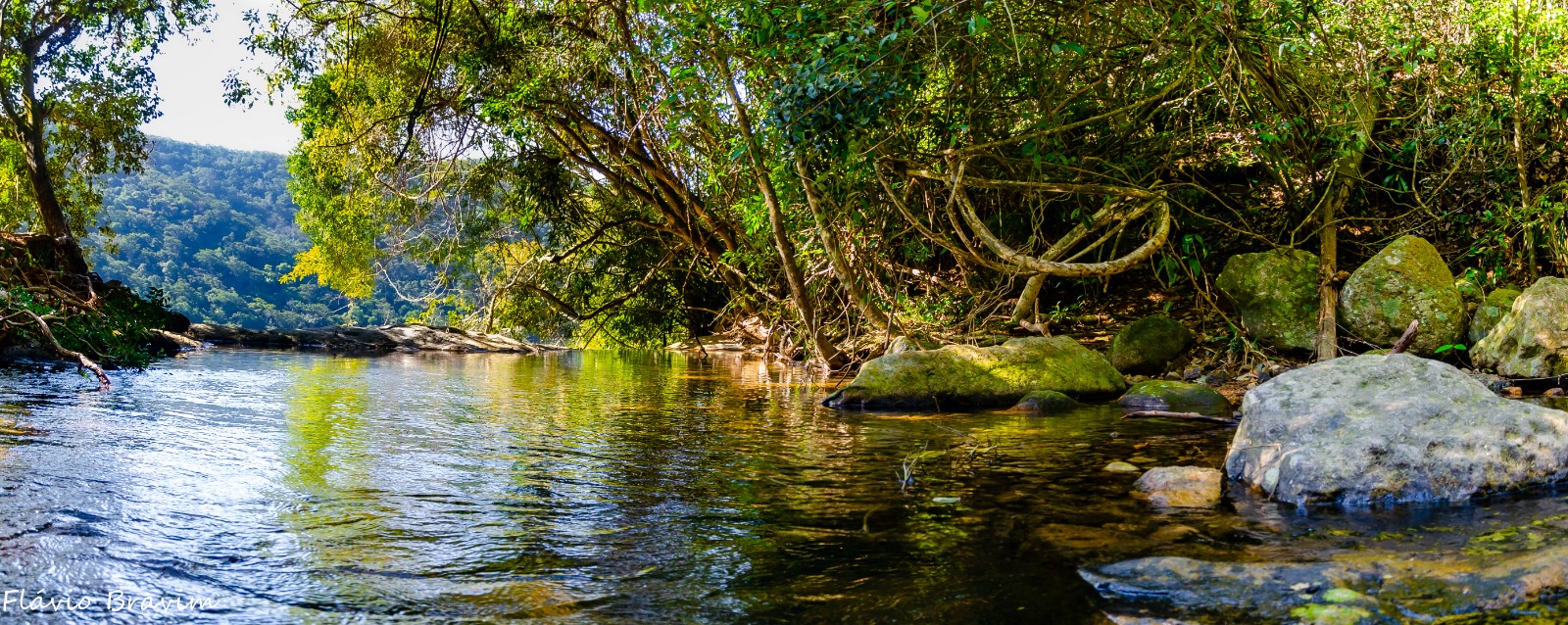
Therefore, the Dona Eugênia River is far from having a single story: along its course, the river passes through both preserved areas and highly urbanized locations. In preservation areas, the river maintains its native river vegetation, remaining clear and potable. However, in urban areas, deforestation and sewage disposal are frequent issues. This led to a gradual change in the perspective of residents in Coreia and Mesquita regarding the river. Today, the once clean and preserved river in the photos has some of its stretches and tributaries referred to as a “valão”—a ditch, a sewage canal. Unfortunately, this is a normalization device for the killing of favela rivers.
The Dona Eugênia River Agonizes
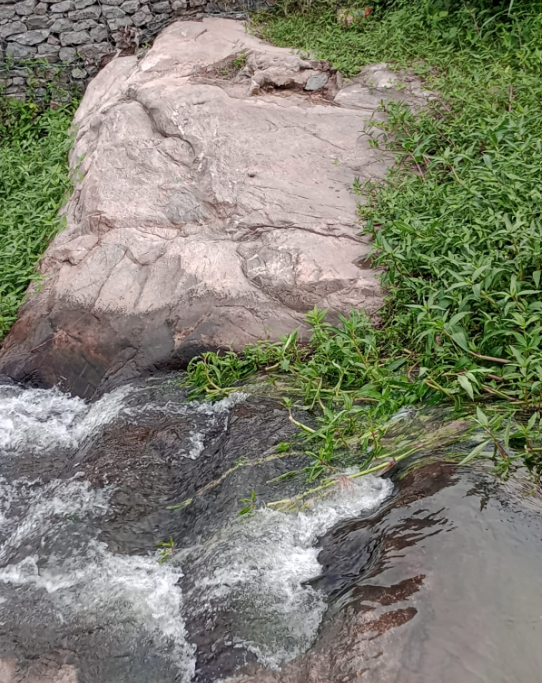
The river suffers due to the lack of adequate solid waste collection, a decent sewage system, and environmental education. According to reports from a Coreia resident who did not wish to be identified, in past decades there was a plan for the proper disposal of sewage, which was presented to the community. The initiative would have inaugurated a system running parallel to the river, leading to the treatment plant. If realized, this project would mark the first time since the founding of Mesquita that the Dona Eugênia River could be seen and used by the population again as a public natural resource.
“Our river used to be great up until the 1980s, as kids, we used to bathe in it. Back then, the pollution wasn’t so bad and the Dona Eugênia River was clean… those were good times!” — Monica Félix da Silva
However, the entire project was abandoned. Simply put, everything continued to be thrown into the river.
“You could jump from the edge of the river [into the water], and I really liked it! But nowadays, we can’t because of the trash that was thrown into the river.” — Samuel Luiz Madureira
River pollution has rapidly escalated in past years with the accumulation of dumped sewage and solid waste. The process of maintaining, cleaning, and preserving the river needs to come from the authorities. In addition to handling cleaning and maintenance, they should provide support for residents to actively participate in keeping the river clean. Socio-environmental education actions are essential in Coreia and along the entire Dona Eugênia River.
“When I used to bathe in it, the water was clearer… I saw it, I remember my sisters washing clothes in the river, beating them on the rocks…” — Adriana Veiga Lourenço
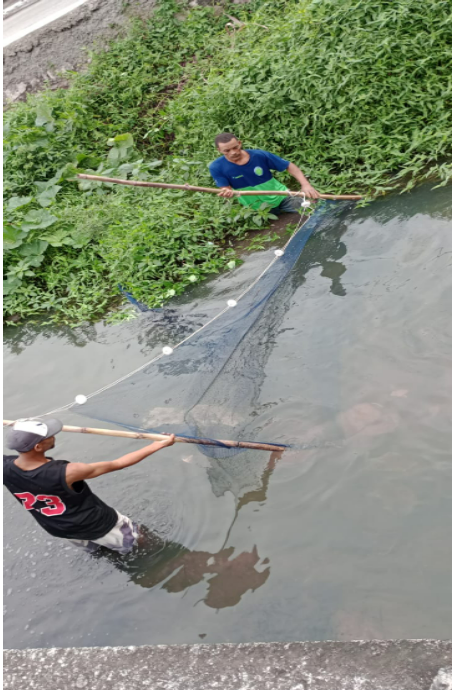
We need to consider the numerous benefits to the community and its residents of having a clean, preserved, and vibrant river running through their favela. A healthy and vegetated Dona Eugênia River would reduce the risk of flooding, water contamination, and health issues, for example. Moreover, it would serve as a source of leisure, water security, food, income, and even transportation. Some local organizers and residents are already taking steps in this direction.
Water and Energy Justice Research in Mesquita
In the beginning of 2023, the Sustainable Favela Network (SFN)*, Favelas Unified Dashboard (PUF)*, Grassroots Social Education in Solidarity Economy Nucleus (NESPES), Edson Passos Women’s Association (AMEPA), and the Fusion Social Center Association launched the Mesquita-based version of the report “Water and Energy Justice in the Favelas: Community Researchers Gather Data Revealing Inequalities and Calling for Action” contemplating the Mesquita favelas of Coreia, Cosmorama, and Jacutinga” during an event at Mesquita City Hall.
The research was conducted by 30 youth and 15 leaders in their 15 communities, including the three favelas in Mesquita. Among those interviewed by youth and local leaders, around 36.36% of residents drink unfiltered water, 33.8% report a strange taste in the water, and 37.7% say the water has a color to it.
On flooding, a constant issue in urbanized stretches of the Dona Eugênia River in Mesquita, 41.6% responded to being directly affected at their homes or on their street. Furthermore, the research concluded that, for 78.1% of residents, this problem has only worsened in the past two years.
Given this scenario, valuing and knowing the history of our rivers and the green areas in our region means recognizing that a healthy river is linked to good quality of life for residents. This means fewer floods, deaths, destruction, health problems, and harm to the population. We must actively contribute to the preservation and proliferation of the life that still thrives in favela rivers, such as the Dona Eugênia. To this end, public policies that make favelas climate resilient are an urgent priority in Mesquita, the Baixada Fluminense and throughout Greater Rio.
About the authors:
Luiz Miguel Ribeiro, 25, is a resident of the Coreia favela in Mesquita, Baixada Fluminense, and part of the Sustainable Favela Network’s Youth Working Group.
Matheus Botelho, 25, is a resident of the Coreia favela in Mesquita, Baixada Fluminense, and part of the Sustainable Favela Network’s Youth Working Group.
*The Sustainable Favela Network (SFN), Favelas Unified Dashboard, and RioOnWatch are initiatives of the NGO Catalytic Communities (CatComm).
